Peter Lindbergh’s name is synonymous with the golden age of fashion photography. Born on November 23, 1944, in Lissa, Germany, he grew up in a post-World War II Europe that profoundly shaped his artistic vision. Over a career that spanned decades, Lindbergh became one of the most influential photographers of his time, celebrated for his ability to transcend the superficiality of fashion and reveal the humanity behind the lens. His iconic images, often rendered in black-and-white, are a testament to his unwavering commitment to authenticity and emotional storytelling.
Early Life and Artistic Foundations
Raised in Duisburg, Germany, Lindbergh’s early life was marked by modesty and a deep connection to art. After initially pursuing painting at the Berlin Academy of Fine Arts, he discovered photography in his late twenties. This newfound medium resonated with him, offering a way to combine his artistic instincts with his growing fascination for human expression. In the early 1970s, Lindbergh moved to Paris, a hub for the burgeoning fashion industry, where he began his career as a fashion photographer.
The Lindbergh Revolution in Fashion Photography
Peter Lindbergh entered the fashion world at a time when glossy, hyper-stylized imagery dominated the industry. He turned this paradigm on its head by focusing on simplicity and raw emotion. His photographs often featured models without heavy makeup or retouching, capturing them in their natural state. Lindbergh’s distinctive use of black-and-white photography highlighted texture, mood, and emotional depth, setting his work apart from the colorful, polished aesthetic of the time.
Lindbergh’s approach not only challenged industry norms but also helped redefine beauty standards. By stripping away artificiality, he celebrated individuality and character, bringing a sense of realism to fashion photography. This approach resonated deeply within the industry and with audiences worldwide, solidifying his reputation as a groundbreaking artist.
The Birth of the Supermodel Era
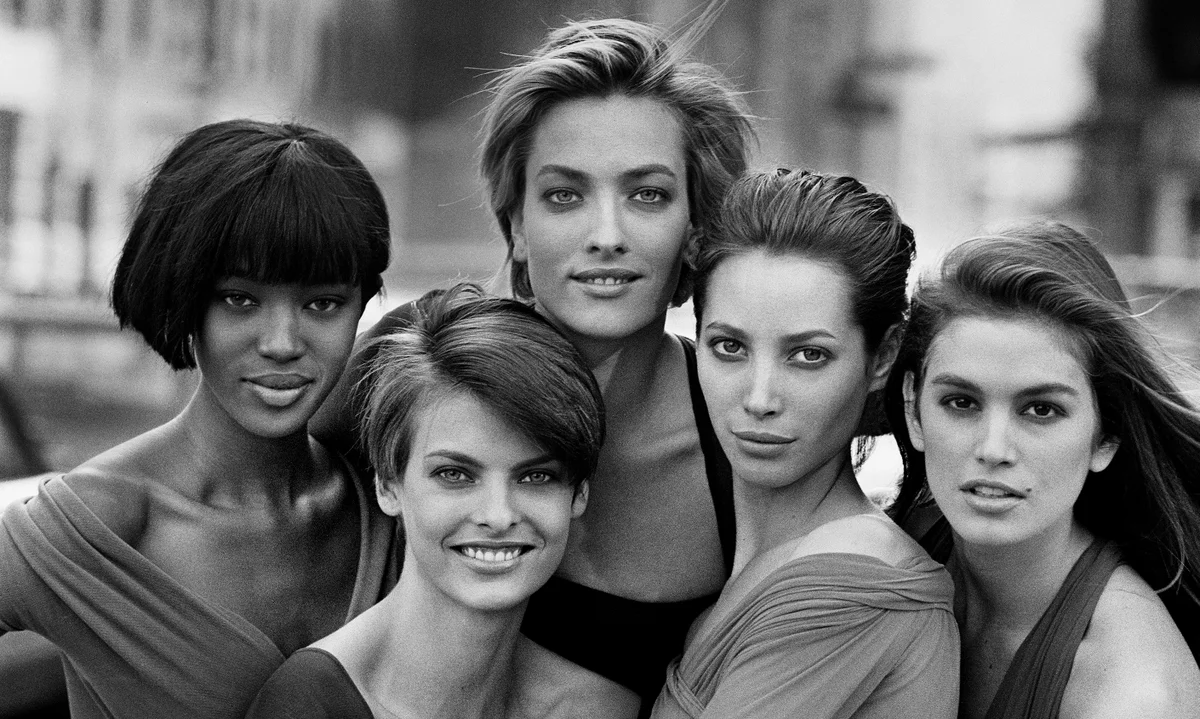
In 1988, Lindbergh created a series of images for Vogue that would later be credited with launching the supermodel era. Featuring a young group of models including Naomi Campbell, Linda Evangelista, Christy Turlington, and Tatjana Patitz the photographs portrayed these women in candid, natural settings. This departure from the glamorous, unattainable image of models not only humanized them but also propelled their careers to new heights.
His January 1990 cover for British Vogue remains one of the most iconic moments in fashion history. Shot in his signature black-and-white style, the image featured Naomi Campbell, Linda Evangelista, Tatjana Patitz, Christy Turlington, and Cindy Crawford. This photograph marked the dawn of a new era in fashion, one that celebrated models as personalities and cultural icons.
Championing Authentic Beauty
Peter Lindbergh’s work was deeply rooted in the belief that beauty lies in authenticity. He often spoke out against the unrealistic standards perpetuated by the fashion industry, advocating for a more inclusive and honest representation of women. “This should be the responsibility of photographers today: to free women, and finally everyone, from the terror of youth and perfection,” he famously said. This ethos guided his collaborations with leading magazines, designers, and brands, including Vogue, Harper’s Bazaar, Chanel, Dior, and Prada.
Lindbergh’s ability to capture the essence of his subjects went beyond their physical appearance. His portraits revealed their inner strength, vulnerability, and humanity, making his images resonate on a profound level. This emphasis on storytelling and emotional depth set him apart as not just a photographer, but a true artist.
Landmark Projects and Collaborations
Over the years, Lindbergh worked on numerous landmark projects that cemented his legacy. One of his most celebrated works was the 2017 Pirelli Calendar. Departing from the calendar’s tradition of showcasing glamorous models, Lindbergh’s version featured actresses and models in raw, unretouched portraits. The calendar included stars like Nicole Kidman, Julianne Moore, and Lea Seydoux, and it was lauded for its bold statement against the objectification of women.
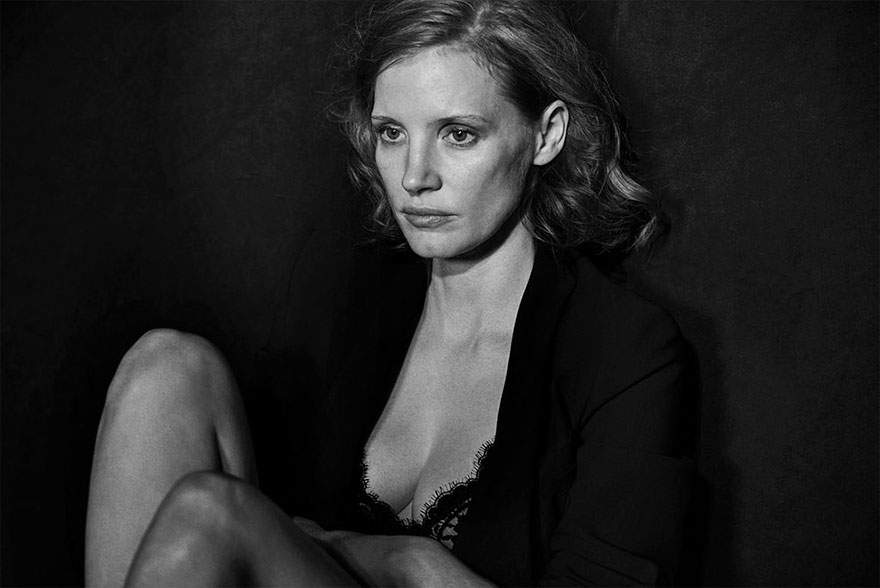
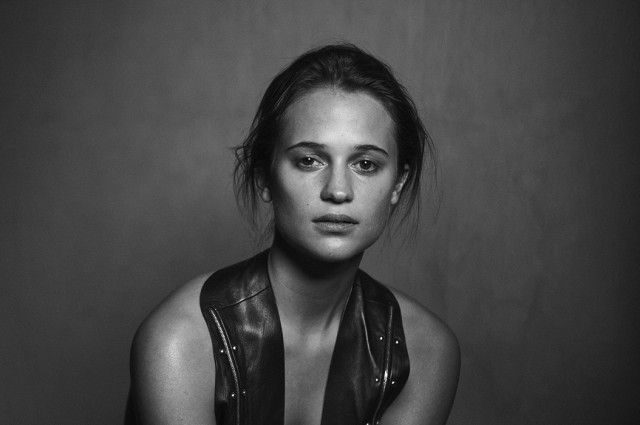


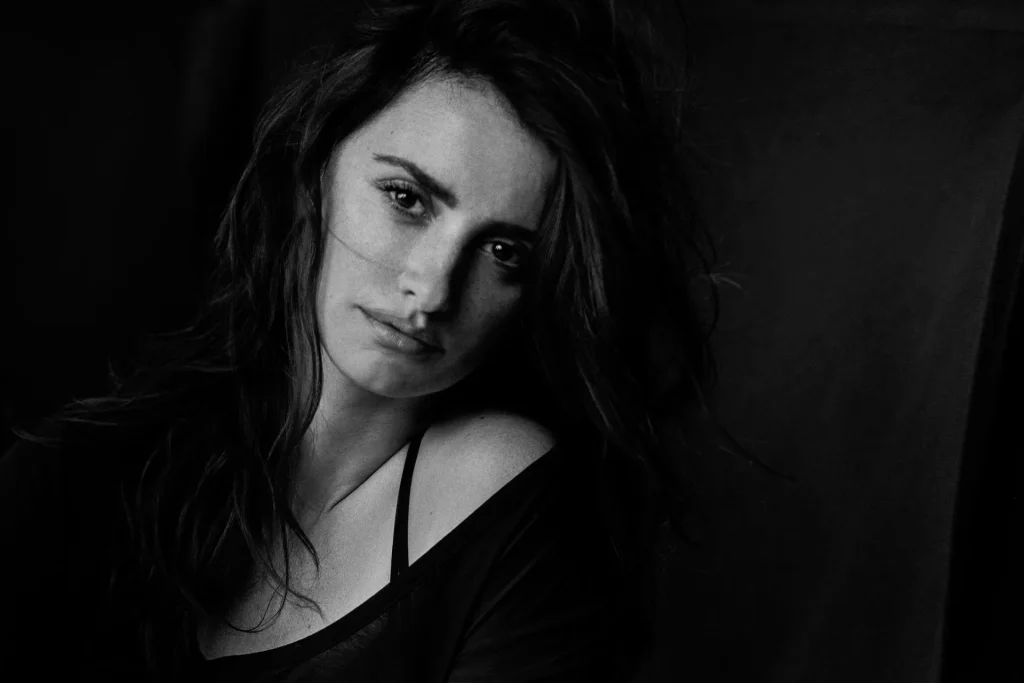

Lindbergh’s collaborations extended beyond the fashion world. He directed films and documentaries, including Inner Voices and The Models: The Film, further showcasing his talent for storytelling. His ability to connect with his subjects and convey their narratives visually made him a sought-after artist across various mediums.
A Humanitarian Vision
Beyond his artistic contributions, Lindbergh was a passionate advocate for social and environmental causes. He used his platform to raise awareness about pressing issues, often incorporating themes of humanity and sustainability into his work. Through his photography and philanthropic efforts, Lindbergh sought to make a positive impact on the world.
Legacy and Influence
Peter Lindbergh’s influence on fashion photography is immeasurable. His work paved the way for a new generation of photographers who prioritize authenticity and emotional connection over superficiality. His images continue to inspire artists and audiences alike, reminding us of the power of simplicity and truth.
Lindbergh’s photographs are featured in museums and galleries worldwide, ensuring that his legacy endures. Exhibitions such as “Peter Lindbergh: A Different Vision on Fashion Photography” celebrate his groundbreaking contributions and serve as a testament to his lasting impact on the industry.
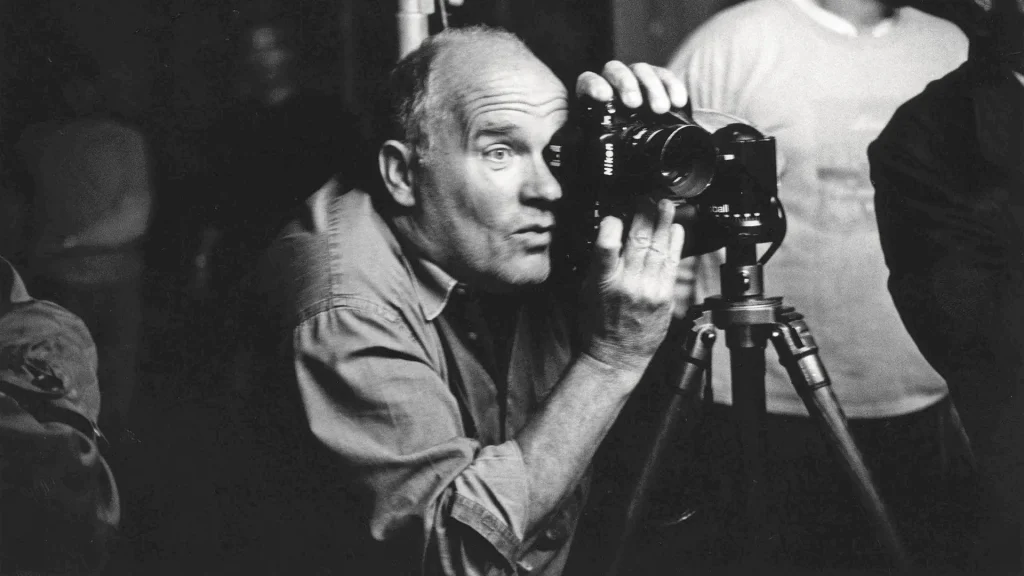
Remembering Peter Lindbergh
On September 3, 2019, the world lost a visionary artist. Peter Lindbergh’s passing marked the end of an era, but his legacy lives on through his timeless work. He was more than a photographer; he was a storyteller, a humanitarian, and a champion of authenticity. His images captured not just the external beauty of his subjects but their essence, their stories, and their truths.
Lindbergh’s philosophy that beauty lies in imperfection and individuality continues to resonate in a world increasingly dominated by artificiality. His work challenges us to look beyond the surface and embrace the raw, unfiltered beauty of life. As we reflect on his contributions, we honor not just the images he created but the values he embodied: honesty, compassion, and the courage to see beauty in the unexpected.
Peter Lindbergh’s legacy is a beacon for artists and dreamers, a reminder that true art transcends time and trends. His work will continue to inspire generations, urging us to see the world through a lens of truth, humanity, and timeless beauty.



